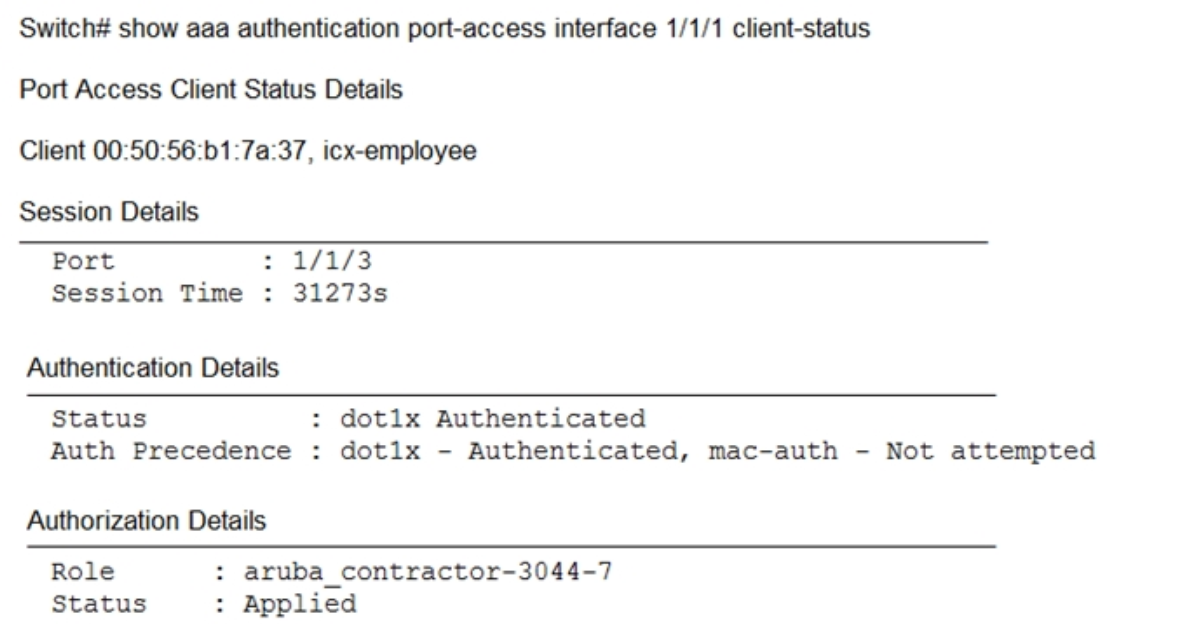HP Aruba Certified Switching Professional HPE6-A73 Exam Practice Test
What is correct regarding the tunneling of user traffic between AOS-CX switches and Aruba Mobility
Controllers (MCs)?
Answer : D
because both AP and Switch use PAPI . Moreover in AOS-CX switch currently not support port based tunnel. AOS-CX switch only support User Based Tunnel (UBT)
Which statement is correct regarding ACLs and TCAM usage?
Answer : B
Which option correctly defines how to identify a VLAN as a voice VLAN on an AOS-CX switch?
Answer : C
A network administrator wants to centralize the management of AOS-CX switches by implementing NetEdit.
How should the administrator purchase and/or install the NetEdit solution?
Answer : C
Examine the AOS-CS switch output:

Based on this output, what is correct?
Answer : B
An administrator will be deploying HPE Aruba Networking Switch Multi-Edit Software to manage an Aruba solution. What does Switch Multi-Edit Software support?
Answer : A
Examine the following ACL rule policies:
Permit traffic from 10.2.2.1 through 10.2.2.30 to anywhere
Permit traffic from 10.2.2.40 through 10.2.2.55 to anywhere
Deny all others
Based on this policy, place the following ACL rule statements in the correct order to accomplish the above
filtering policy.
Answer : A